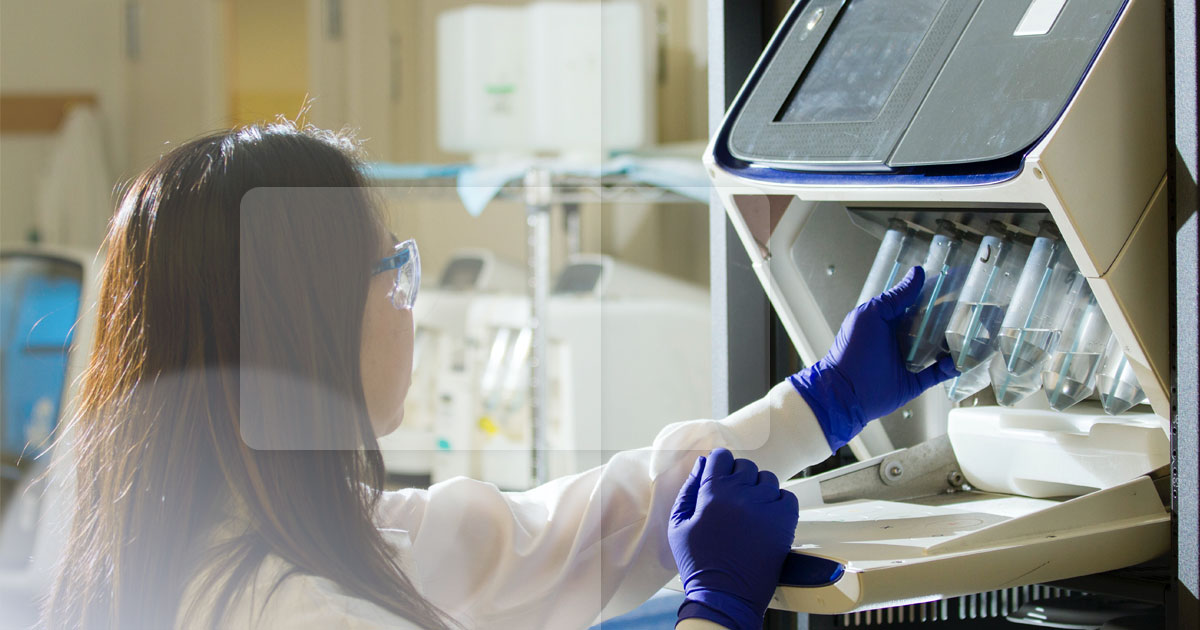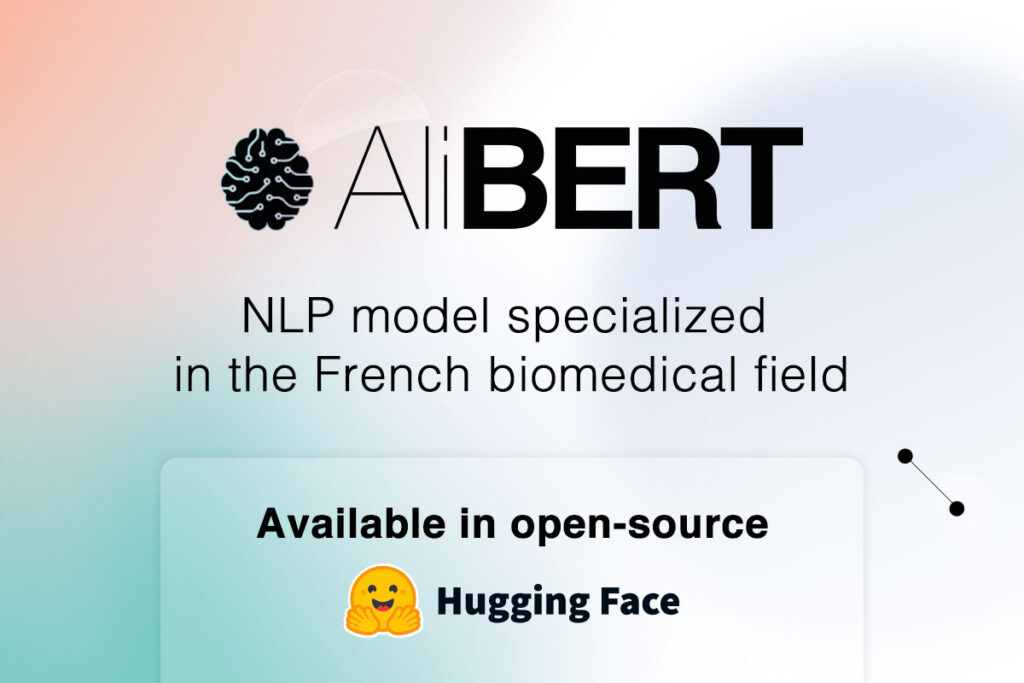What is the future for the pharmaceutical industry?
Following Part 4: Predict or cure?
5) What future for the pharmaceutical industry?
This paradigm shift is also one of the ways forward for a pharmaceutical industry whose historical model is undergoing a crisis.
Calico (Google) is tackling the challenge of “age and associated diseases” by recruiting the former head of Genentech, one of the pioneers of biotechnology. According to the New York Times, “Medicine is on the verge of becoming an information science: doctors and researchers are now able to harvest and analyze huge amounts of data from their patients. And Google is very, very good with large databases”. Almost simultaneously, Craig Venter, a pioneer in genetic sequencing, created Human Longevity Inc. to unravel the mystery of aging by sequencing 100,000 genomes and using this massive data to unlock the secrets of aging and of course to develop “preventive” solutions.
There is no doubt that these initiatives will advance knowledge. There is no doubt that they will contribute to accelerating the profound changes that the pharmaceutical industry is currently experiencing. “Traditional” laboratories are already joining forces to share their data, sometimes even to make them public. These same laboratories are launching programs to improve compliance, by the means of applications on tablets or cell phones. There is undoubtedly a convergence of all these agents towards digital technology. But this convergence is only the visible part of the changes that are taking place. The most important changes will soon be at the heart of the drug development process. Let us take a look at that process for a moment. The international “gold standard” for demonstrating the efficiency and safety of drugs consists in defining quantified efficiency and safety hypotheses, designing the appropriate prospective study, carrying out the study on as many patients as necessary, testing the initial hypothesis, and evaluating the probability that this hypothesis will be verified by chance, through the famous “p-value” whose threshold is generally set at 5%. No scientific proof should be accepted as such if it has not been properly established through this process. Hypotheses that have not been defined before the recruitment of patients can be tested in retrospect. These are called “post-hoc” analyses. However, the results of these analyses can only become scientific truth through prospective validation in a new study.
Proof of the efficiency and safety of drugs is established progressively from the exploratory research phase (screening of molecules and patent registration) to the marketing and pharmacovigilance phase. Overall, only 10 of the 20 years of patent validity are devoted to marketing. In fact, the development of a drug takes an average of 10 years and costs approximately 1 billion euros (http://www.leem.org). There is no formula for calculating a precise amount for the different phases of this process. The average figure of €1 billion is calculated today by taking into account the cost of failures according to three essential parameters: (i) the ratio between the number of molecules identified in the discovery phase and the number of molecules registered on the main markets, (ii) the invested amounts, and (iii) the elapsed time between the patenting of the molecule and the access to reimbursed markets. The cost of developing a drug has increased in recent years, from a few hundred million euros to more than 1.5 billion euros in the case of certain drugs (Elias Zerhouni. Inaugural lecture at the Collège de France. “Major trends in biomedical innovation in the 21st century”. January 20, 2011. Page 27). It appears to have increased by 60% between 2000 and 2005. In addition to this explosion in development costs, public and private payers are determined to reduce healthcare spending, particularly by questioning the benefit/risk/cost ratio of drugs. Ongoing restructuring and the relocation of certain functions to countries with lower labor costs will probably not be enough to offset these structural threats.
So, what does the future hold for the pharmaceutical industry? Today, only 1 in 13 drugs is successful, compared to 1 in 8 ten years ago (Elias Zerhouni. Steven M. Paul, Daniel S. Mytelka, Christopher T. Dunwiddie “How to Improve R&D Productivity: the Pharmaceutical Industry’s Grand Challenge”). High failure rates in drug development are one of the main causes of the rapid increase of its costs. When a program is terminated due to insufficient efficiency or frequent adverse events despite previous encouraging milestones, the entire investment is lost and is added to the cost of the next marketed molecule.
The data that are generated during interrupted programs constitute a potential asset that is totally underestimated by pharmaceutical companies – so much so that it is often difficult, if not impossible, to identify, within these organizations, a person capable of finding this data and even more so of exploiting it, a few years or even a few months after the programs have been interrupted.
The success rate of the phase II clinical trials is about 30-40%, depending on the indication (Michael Hay, David W Thomas, John L Craighead, Celia Economides & Jesse Rosenthal “Clinical development success rates for investigational drugs” Nature Biotechnology, volume 32 NUMBER 1 JANUARY 2014.). This means that about 1 in 3 phase II studies are positive and lead to a phase III study with more patients. Meanwhile, the success rate for phase III studies is of 45-70%, which amounts to a rate of 1/2 to 2/3 positive studies. A phase II or phase III study is negative when the observed efficiency and/or safety is lower on average than the expected efficiency and/or safety (compared to a control – usually a placebo). Most of the so-called “negative” studies nevertheless contain profiles of patients in which the treatment performs much better than placebo. Unfortunately, these profiles are mixed with other profiles for whom the treatment is ineffective – or even dangerous – and for whom the placebo gives better results. As a result, the study averagely gives a negative result, the responder patient profiles remain untreated, and the laboratory in question loses its investment until the next positive study.
The success rate of the phase II clinical trials is about 30-40%, depending on the indication (Michael Hay, David W Thomas, John L Craighead, Celia Economides & Jesse Rosenthal “Clinical development success rates for investigational drugs” Nature Biotechnology, volume 32 NUMBER 1 JANUARY 2014.). This means that about 1 in 3 phase II studies are positive and lead to a phase III study with more patients. Meanwhile, the success rate for phase III studies is of 45-70%, which amounts to a rate of 1/2 to 2/3 positive studies. A phase II or phase III study is negative when the observed efficiency and/or safety is lower on average than the expected efficiency and/or safety (compared to a control – usually a placebo). Most of the so-called “negative” studies nevertheless contain profiles of patients in which the treatment performs much better than placebo. Unfortunately, these profiles are mixed with other profiles for whom the treatment is ineffective – or even dangerous – and for whom the placebo gives better results. As a result, the study averagely gives a negative result, the responder patient profiles remain untreated, and the laboratory in question loses its investment until the next positive study.
It is understandable that pharmaceutical companies do not necessarily wish to analyze data from their negative phase II or phase III clinical studies in order to identify possible responder and non-responder profiles with an aim to refine the therapeutic window of their treatment. This would require them to re-start a study to validate new hypotheses, wasting precious time during the patent period, with no guarantee of success. But why don’t pharmaceutical companies systematically explore their phase II data in order to increase the chances of success of their phase III studies? Why don’t these laboratories, once their molecules are on the market, use their phase II and III studies to anticipate more effectively the efficiency and safety of their treatment in real-life situations?
Why do health authorities never ask pharmaceutical companies for this data – despite the rights they have – in order to identify by themselves the patient profiles at risk, or the patient profiles for which the benefit/risk ratio is not favorable?
Probably for one simple reason: the evidence of efficacy and safety that is established on the average patient in these clinical studies prevails until it is confirmed or challenged by real-life data. It is well known that clinical studies do not allow us to evaluate the efficiency and safety of treatments in real-life situations. This is the reason why health authorities and payers increasingly demand that pharmaceutical companies set up pharmacoepidemiological studies in “real life”. The concept of “Basket trial design” (“Extraordinary Responders Drive Concept of Basket Trial Design” Asco daily news, June 24th 2014) which was recently introduced at ASCO, may well catch on, and make its way far beyond oncology and genomics.
So far, current R&D processes in the pharmaceutical industry have left little room for post-hoc data analysis. Yet it is in the data itself that laboratories will find the second wind they need. It is in this inestimable soil, which has been accumulated over the years, that they will find the keys to greater productivity, and will cultivate their successes of tomorrow.
Find out more in the last episode: Big Data: a new therapeutic option? Part 6: AI-augmented health










